Things you should know before installing a pool at your home
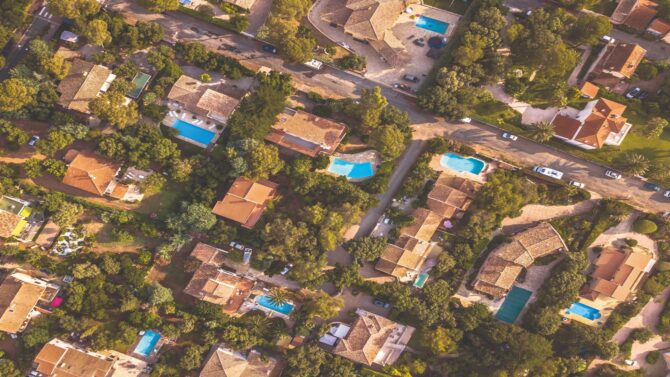
If you’re thinking of installing a new pool at your property in France, make sure you read this advice from Julia French before you take the plunge…
So you have decided to take the plunge and have a pool installed, but where do you start? Your process may begin by typing ‘swimming pools‘ into your search engine, revealing a gallery of gorgeous examples, but after this you might draw a blank. How do you know the right questions to ask?
WHICH POOL TYPE?
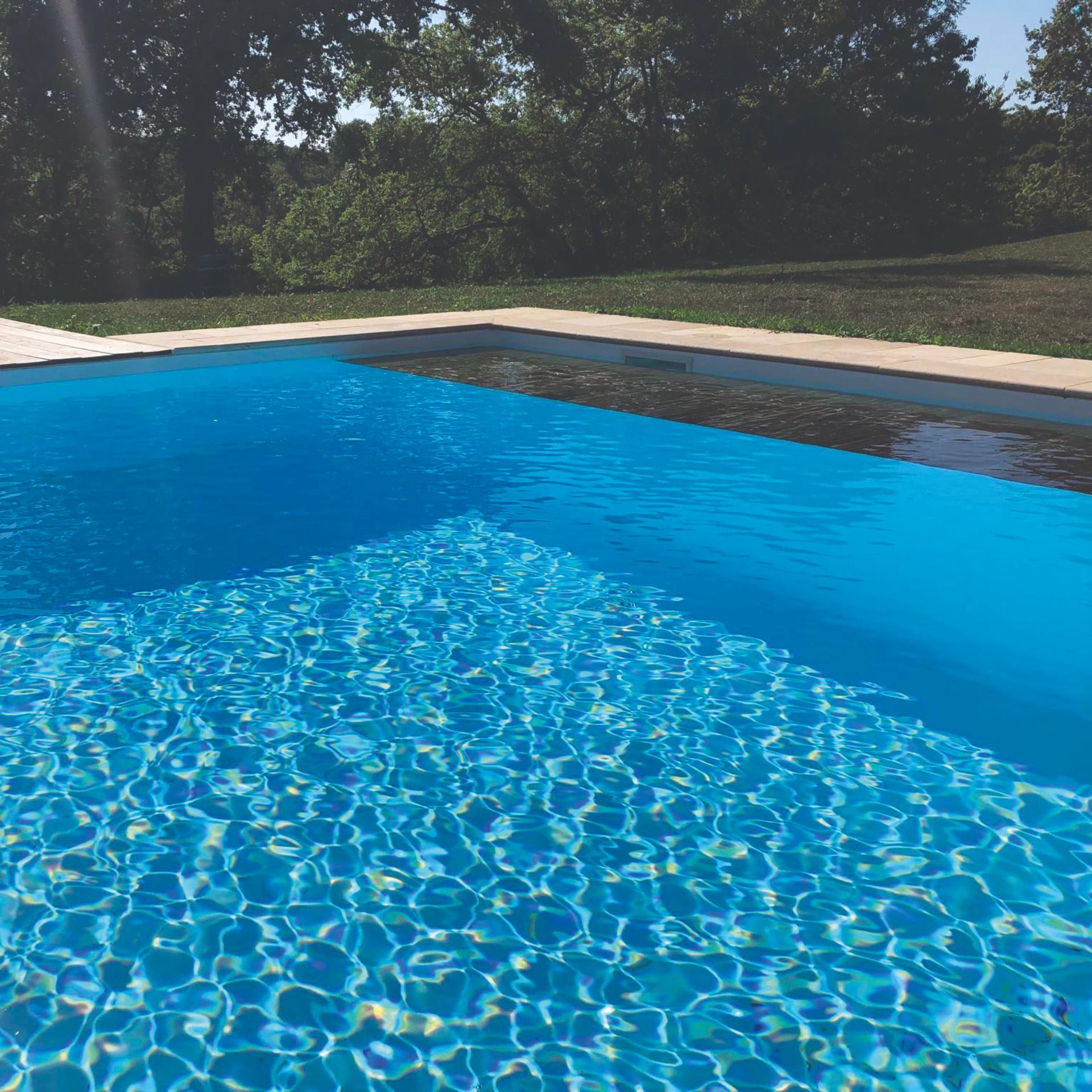
A reinforced concrete pool with fl at footing can be installed on a slope, © JULIA FRENCH
There are many different types of pool installation, however, they can be broadly divided into two main groups: prefabricated units delivered ready made to the site, and those constructed in-situ. The prefabricated pool is a shell (a coque), which is a moulded unit made of fibreglass or acrylic. On the plus side, this type of pool is quick to install and is about 20% cheaper than its in-situ counterpart. The downsides are that they have a width limit of 4m due to transportation and also they shouldn’t be installed in clay areas. This type of soil shrinks and swells in dry and wet ground conditions, which can cause cracks and movement, damaging the pool.
However, all building work must come with a 10-year garantie décennale, which will be provided by your pool installer. They have to be confident that you have the right soil conditions for your pool, or they run the risk of their décennale being liable for claims. If you choose to have a prefabricated pool and it is supply only, it’s best to make sure that the décennale is covered for the whole of the installation, not just the supply of the pool.
A reinforced concrete pool can be built in any soil conditions – even clay. It is a self-supporting structure that does not require any shoring up from the surrounding ground. Usually, the pool is installed fully in-ground, but if needed it can be built on a slope, with a dug-out flat footing – otherwise there won’t be very much water left in the pool!
This type can be constructed using concrete blockwork, concrete-filled polybloc or concrete-filled polypropylene shuttered panels, all with reinforcement bars throughout. This is the strongest type of pool structure. In most cases, these pools will have a liner rail fitted on the top of the pool wall (underneath the margelle or edging), and a liner fitted. A concrete blockwork pool has a render that is finished with either tiles or sprayed quartz/aggregate. This is a more labour-intensive and costly option than using a liner. In certain areas of France, you may have difficulty finding a company to install a tiled or rendered pool due to ground movement (seismic activity) and they will not want to risk their décennale. Even the slightest crack in the pool wall or floor can cause leaks or tiles to become detached.
Liners are the most popular pool coverings. These are made from easy-to-clean material, are durable and can withstand any movement issues. They come either as a made-to- measure piece fabricated in the factory, or as thicker reinforced liner material, which is then welded into place on site.
In between the pool and liner, there is an underlay of anti-fungal felt or foam that makes the pool surfaces smooth and soft to the touch. This makes it more difficult for algae to build up on your pool walls and it’s therefore easier to keep clean, which can be more of an issue with tiles or sprayed quartz/aggregate.
Another in-situ option is a steel panel pool, which also takes a liner. These are cheaper than all of the above and can be installed as a self-build project or by an independent general builder. The panels come in kit form and are assembled on site. They are relatively easy to install but can be prone to rust, which after time will need treatment or replacing. The panels can be flat or corrugated and the form of the pool is usually circular or kidney shaped. One downside with these configurations is that getting covers to fit your pool can be difficult.
HOW MUCH WILL IT COST?
Cost is without doubt the primary consideration for most people who want to install their own swimming pool. There’s not only the price of the pool though, there’s also the cost of the extras, which is some cases can equal that of the pool. Generally people end up paying more than they expected, especially over the past couple of years with the increased cost of fuel, cement and building materials. A total of €20,000 to €30,000 is the average ballpark figure. But in reality, an in-ground pool built by professionals following the regulations and providing the relevant guarantees can cost anything from €25,000 to more than €100,000 – depending on the extras they go for.
KEY CONSIDERATIONS
Doing the research into finding your perfect pool can be a project within itself. Once you have decided on your preferred pool structure, the questions you need to ask your pool builder should include:
- Filtration: Is it a sand or cartridge system?
- Lights: An option that cannot be retrofitted without a lot of work. Even if you don’t think you will ever use them, others may want to in future.
- Margelles: Are coping stones or tiles included? They can be missing from some quotes.
- Drainage: All pools need a French drain to the outside perimeter walls leading to a compression well.
- Overflow: Always insist on one, even if it is through an excavation pipe from a skimmer unit.
- Declaration préable: Who will submit this planning form, you or the pool installer? It’s reassuring to know that if permission is refused, by law the installation company must refund any deposit payment made to date.
- Time: How long will the installation take? What will the start and completion dates be, and how long is the process?
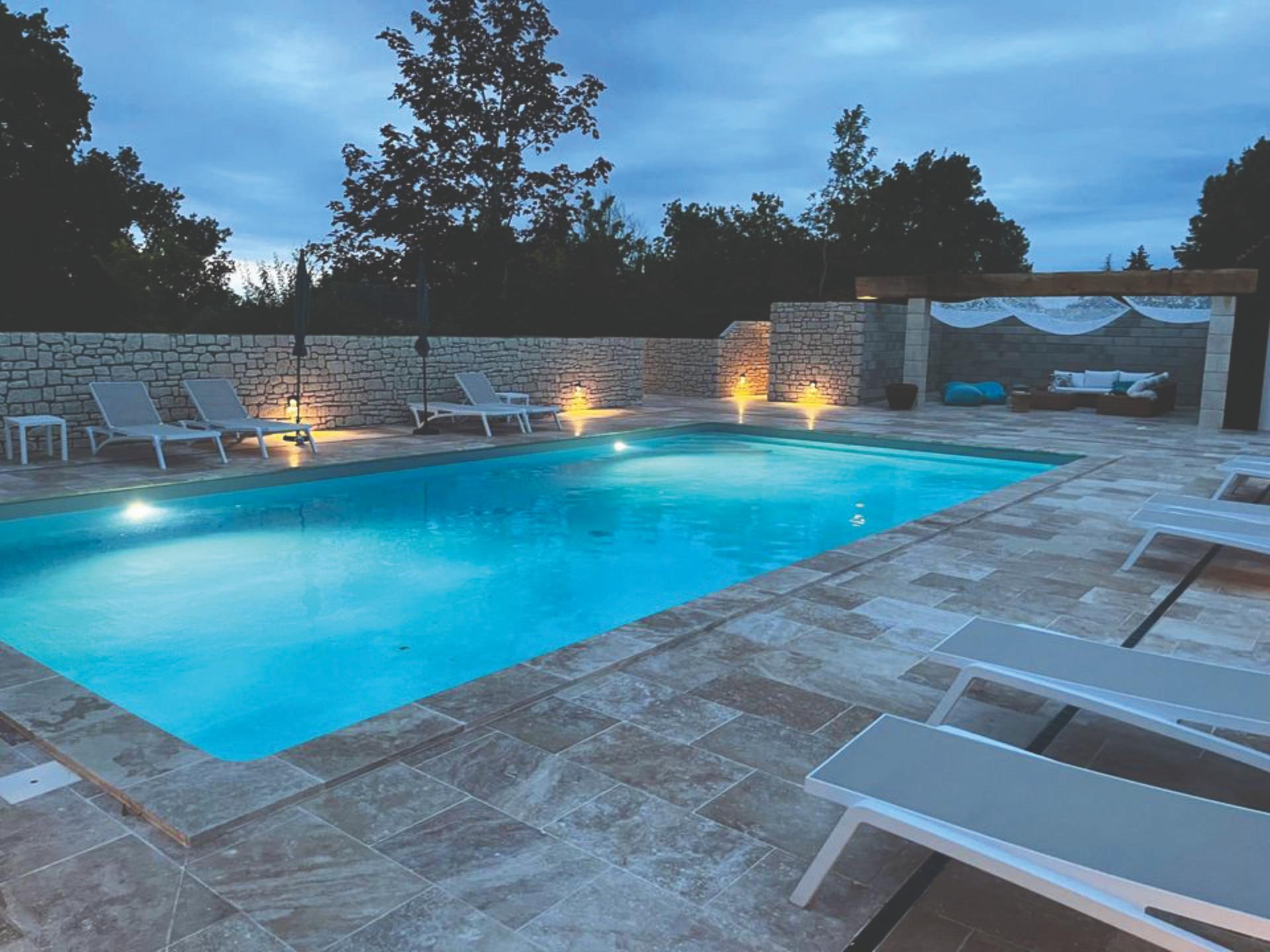
© JULIA FRENCH
ONCE-IN-A-LIFETIME EXPERIENCE
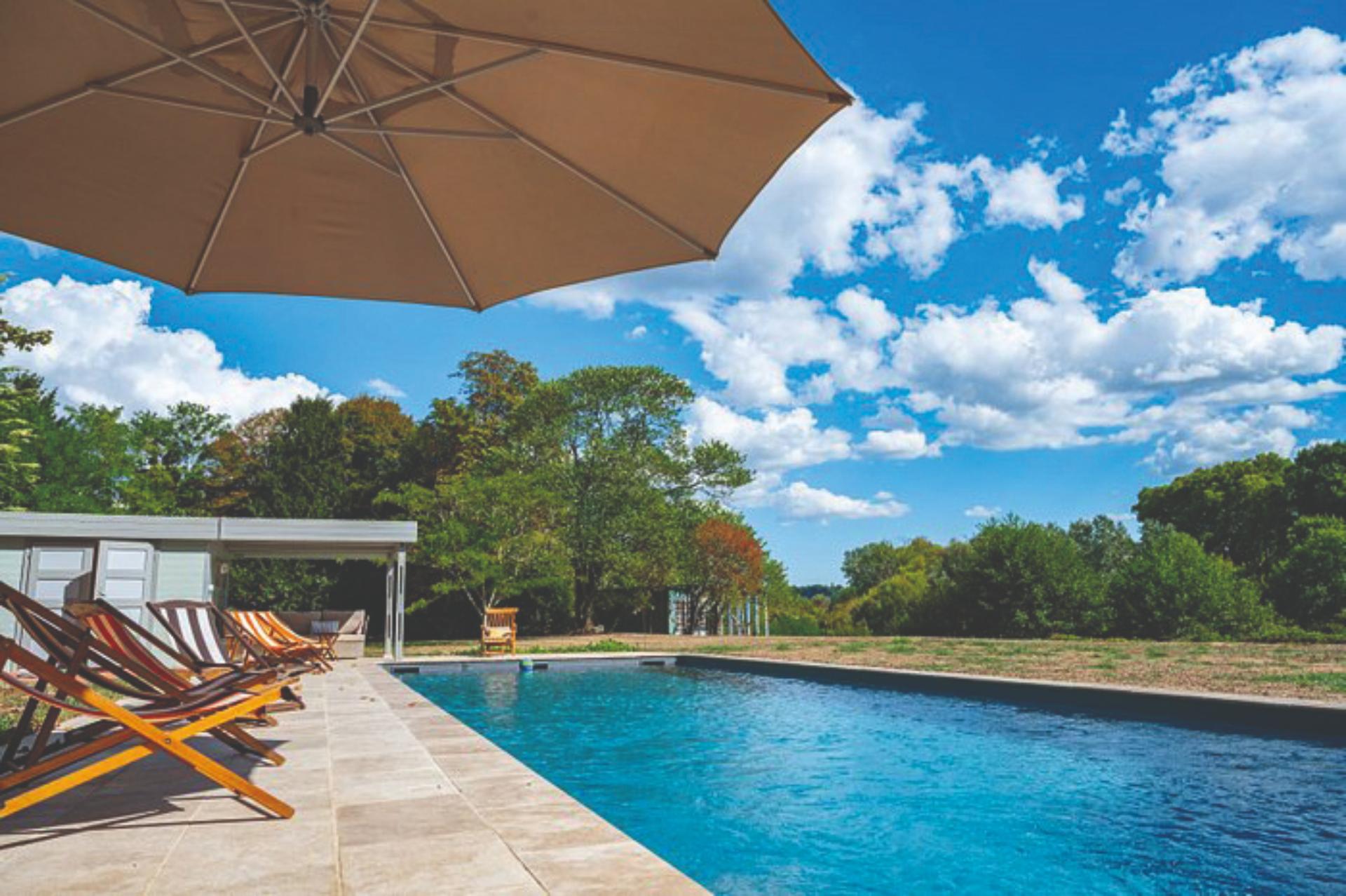
© JULIA FRENCH
You might have started off with a wish list but have found that you need to make some adjustments to ensure your pool fits within your budget. However, before you look at making changes to the size of the pool, take a look at what could be retrofitted. For example, you might not need a heat pump right now; this, along with the salt system, can be fitted at a later date. Make sure that your pool installer adds a couple of bypass valves on your filtration return pipes to accommodate these future extras.
The pool terrace need not be the size of a dance floor – in many cases, less equals more. Reconsider the practicalities. Do you really need a huge area around the whole pool? Maybe you could make it deeper on one side than the others, and fit your sun loungers comfortably into that space.
There is much more to pools than I’ve been able to cover here: there’s the positioning, the colour of the covering, the size and shape, the water depth and the steps. And when making your choices, go on recommendations if you can. It also worth sharing your internet search results with your installer so they know what you’re aiming for. I’ll be covering these things in a feature in a future issue.
This is probably a once-in- a-lifetime experience and a professional installer will have the vision to help you realise your dream pool. They would be mad not to, it’s the best job in the world!
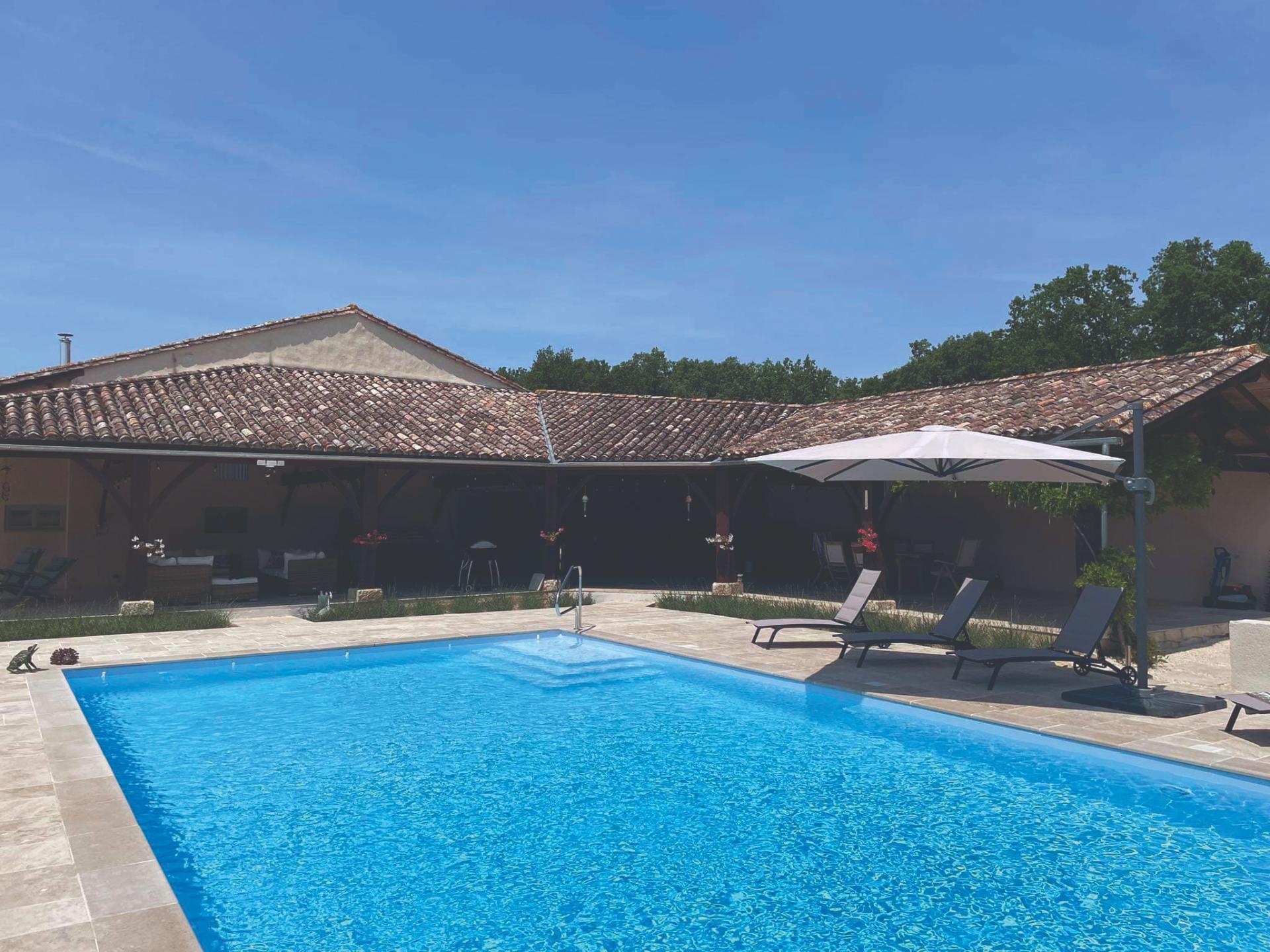
© JULIA FRENCH
Looking for more like this?
French Property News is the go-to title for anyone considering a French property purchase, either now or in the future. Packed full of expert advice from property professionals including estate agents, lawyers and tax advisors, it is the ultimate househunter’s guide to the French property market.
Lead photo credit : More and more people are adding swimming pools to their French hideaways, © SHUTTERSTOCK
Share to: Facebook Twitter LinkedIn Email
More in piscine, Pools, swimming pools
By Julia French
Leave a reply
Your email address will not be published. Required fields are marked *

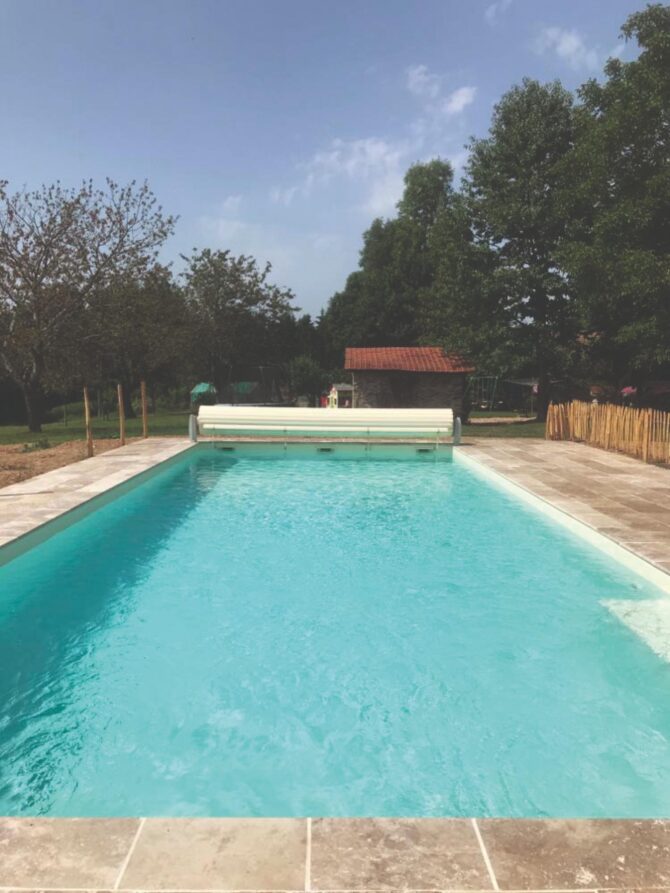

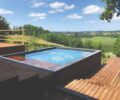



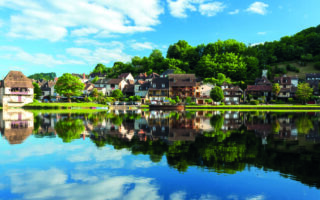
REPLY